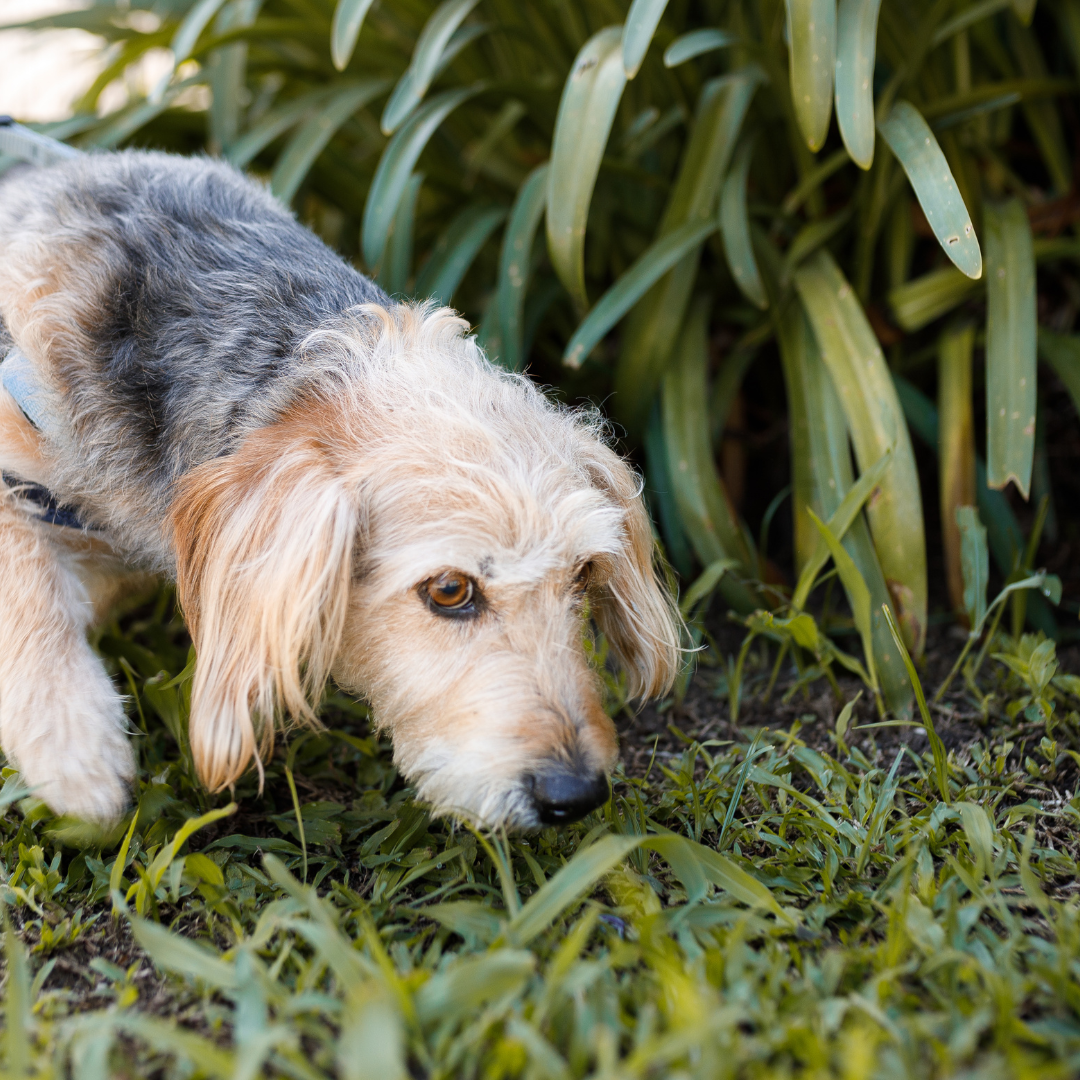Dogs possess an extraordinary sense of smell that far surpasses our own, allowing them to detect scents with astonishing precision and sensitivity. Their olfactory abilities play a crucial role in various aspects of their lives, from hunting and tracking to detecting diseases and assisting in search and rescue missions. In this blog post, we'll delve into the fascinating science behind dogs' sense of smell, exploring the anatomy of their noses, the mechanics of olfaction, and the remarkable capabilities that make them the ultimate scent detectives.
1. Anatomy of the Canine Nose:
- Dogs' noses are marvels of evolution, featuring a complex structure optimized for scent detection. Unlike humans, who have relatively flat noses, dogs possess long, moist noses with a large surface area covered in millions of olfactory receptors.
- Inside the nose, a specialized structure called the olfactory epithelium contains receptor cells that detect odor molecules. This epithelium is significantly larger in dogs compared to humans, allowing them to detect a vast array of scents with incredible sensitivity.
2. Olfactory Receptors and Brain Processing:
- Dogs have an estimated 125 to 300 million olfactory receptors, compared to humans' mere 5 to 6 million. This abundance of receptors allows dogs to detect and differentiate between a wide range of odors, even at incredibly low concentrations.
- When a dog inhales, scent molecules bind to receptor cells in the olfactory epithelium. These cells then send signals to the olfactory bulb, a specialized structure in the brain responsible for processing scent information.
- From the olfactory bulb, scent signals are relayed to other areas of the brain, including the limbic system, which is associated with emotions and memory. This explains why certain smells can trigger strong emotional responses in dogs, such as excitement or fear.
3. Applications of Canine Olfaction:
- Dogs' exceptional sense of smell has countless practical applications in various fields. In law enforcement, dogs are trained to detect drugs, explosives, and contraband, helping to keep communities safe.
- In healthcare, medical detection dogs can sniff out diseases such as cancer, diabetes, and malaria with remarkable accuracy, potentially aiding in early diagnosis and treatment.
- Search and rescue dogs play a vital role in locating missing persons in disaster scenarios, using their scent detection skills to track individuals buried under rubble or lost in remote areas.
4. Training and Utilizing Scent Detection Skills:
- Scent detection training begins early for many working dogs, with puppies exposed to a variety of scents to develop their olfactory abilities from a young age.
- Training methods vary depending on the specific task, but typically involve positive reinforcement techniques to reward dogs for correctly identifying target scents.
- Handlers play a crucial role in working with scent detection dogs, providing guidance, support, and clear communication to ensure successful outcomes in real-world scenarios.

